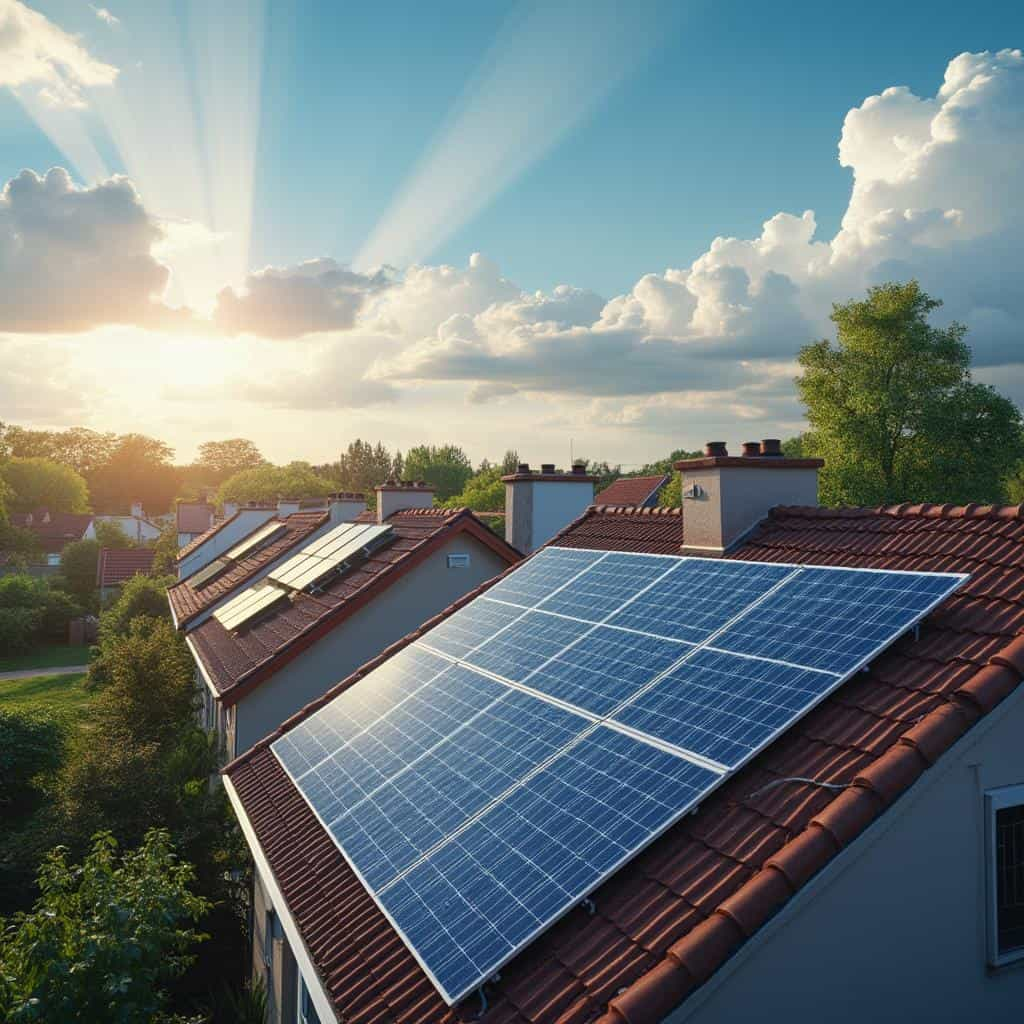As global awareness of climate change and environmental sustainability intensifies, the search for renewable energy sources has become a priority. Photovoltaic (PV) panels, commonly known as solar panels, stand at the forefront of this green revolution. Solar panels have become synonymous with sustainable energy and clean electricity generation, offering a beacon of hope for reducing carbon footprints globally.
Historically, the deployment of solar panels can be traced back to the mid-20th century. The photovoltaic effect, first observed by French physicist Edmond Becquerel, laid the groundwork for what would become a transformative technology. In recent times, governments, corporations, and households have embraced solar panels, not just for environmental reasons, but also due to their long-term economic benefits.
The fundamental appeal of photovoltaic panels lies in their ability to convert sunlight directly into electricity. This conversion process is facilitated by semiconductors, typically silicon-based, which discharge electrons when exposed to sunlight. Collectively, they generate direct current (DC) electricity, which is then converted into alternating current (AC) for household or commercial use.
To understand the potential benefits, we must consider both the environmental and economic aspects. From a green perspective, solar panels do not emit harmful emissions during operation, reducing reliance on fossil fuels and lowering greenhouse gas emissions. Economically, while the initial setup costs can be significant, the long-term savings on electricity bills are substantial. Over time, many users achieve a break-even point where the savings surpass the initial investment.
However, like any technology, photovoltaic panels also face certain challenges. One significant limitation is their dependency on sunlight, making them less effective in areas with low solar insolation or frequent adverse weather conditions. Nevertheless, advancements in battery storage technology are gradually addressing this concern, allowing surplus energy to be stored for use during night hours or cloudy days.
When considering the installation of photovoltaic panels, several factors come into play, such as geographic location, available space, and budget. For instance, areas with high solar insolation like Arizona in the United States or Seville in Spain are ideal for solar panels, providing greater efficiency and higher energy yield, obviating the necessity for larger installations or extensive battery storage.
The cost of photovoltaic panels can vary significantly based on the location. In the United States, the average cost per watt ranges from $2.57 to $3.35, with the total system cost for a residential array averaging between $11,000 and $15,000 after federal tax incentives. In Europe, Germany offers some of the most competitive pricing due to widespread adoption and government incentives, with costs averaging €1.20 to €1.80 per watt.
When evaluating the appropriate proposal for photovoltaic panels, it’s crucial to consider the market offerings. Companies like SunPower, LG Solar, and Canadian Solar offer premium products with efficiency ratings above 20%. They stand out for their durability, performance warranties, and innovative technologies, although they come at a higher price. Conversely, budget-friendly options are available from manufacturers like JinkoSolar and Trina Solar, which provide reasonable efficiency at a more accessible price point.
Another consideration is the type of photovoltaic panel technology. Monocrystalline panels are known for their high efficiency and sleek appearance but tend to be pricier. Polycrystalline panels, on the other hand, while slightly less efficient, offer a cost-effective solution. Thin-film panels present an alternative for those looking for flexibility and lightweight options, although they generally require more space and have lower efficiency.
Experts often highlight the importance of conducting a thorough solar assessment before opting for a specific photovoltaic solution. This includes analyzing roof orientation, shading, and local electricity rates. By integrating these factors, consumers can accurately predict potential savings and select a system that aligns with their energy goals.
While upfront costs may seem daunting, various financing options are available, including leases, power purchase agreements (PPAs), and solar loans, which can mitigate the initial financial burden. Federal and state incentives can further enhance the adoption of photovoltaic systems by offering rebates, credits, or tax deductions, making green energy accessible to a broader demographic.
Renowned environmentalist Dr. Jane Goodall emphasizes the role of individual action in the broader context of environmental conservation. She asserts that moving towards solar energy is not just an investment in cost savings, but a critical step in safeguarding the planet’s future. Similarly, economist and energy analyst Chris Nelder argues that as solar technology continues to advance and prices drop, the economic case for photovoltaic panels becomes even more compelling.
Looking ahead, the photovoltaic panel market is poised for substantial growth. Innovations in photovoltaic materials, such as perovskite-based solar cells, promise even higher efficiency and reduced production costs. As the world moves toward a more sustainable future, photovoltaic panels will undoubtedly play a pivotal role in the global energy transition.
In conclusion, the adoption of photovoltaic panels presents a multifaceted opportunity: reducing carbon emissions, promoting energy independence, and realizing substantial economic returns over time. With diverse options and increasingly competitive market conditions, consumers are well-positioned to contribute to a greener planet while benefiting from the clean, renewable power.
You may also like
Green Energy and Photovoltaic Panels
As the world shifts towards sustainable energy solutions, photovoltaic panels have emerged as a crucial player in the green energy sector. This article delves into the intricacies of solar panel adoption, detailing proposals, costs, and advantages, while highlighting the challenges and available options. Additionally, it provides a comparative analysis of market offers, emphasizing geographic cost variations to help consumers make informed decisions.
Green Energy and Charging Stations
As the world shifts towards green energy, charging stations for electric vehicles (EVs) play a crucial role in sustainable transport. This article explores the economic implications, available options, and geographic cost variations for EV charging infrastructure, providing a comprehensive guide for consumers seeking the best market offers.
